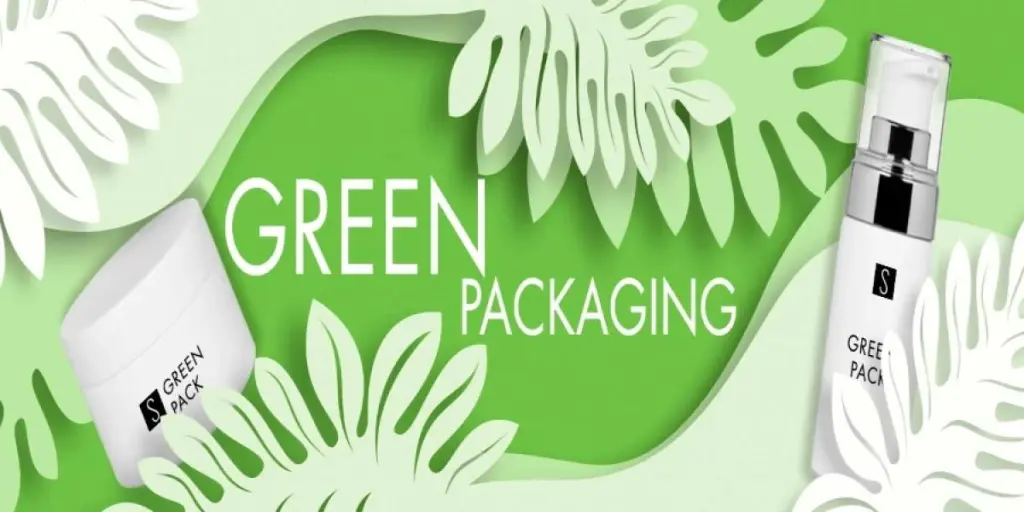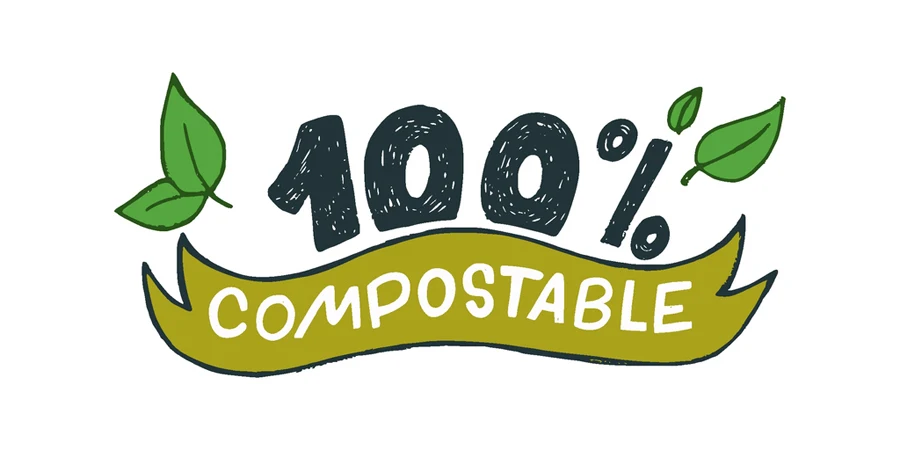In the past decade, consumers have become more aware of what they consume on a daily basis and how much exercise they’re getting.
Due to this there’s been an increase in demand within the health and wellness sector for supplements and sports nutrition products. And with this demand the health and nutrition packaging market is producing more packaging than ever before.
Table of Contents
Overview of the supplement & nutrition packaging market
5 in-demand health & nutrition packaging types
What comes next?
Overview of the supplement & nutrition packaging market
With health and nutrition packaging, it’s vital that the packaging is tamper-proof and is able to preserve the quality of its contents.
Products such as immunity boosting supplements, vitamin gummies, edible gels, and protein powders are all very high in demand with consumers who spend a lot of time being active and want to be in the best shape possible to perform. These types of products are also convenient to take which helps to raise their popularity too.
In 2022 the global supplements and nutrition packaging market was valued at approximately US $25.35 billion. Between 2023 and 2030 that number is expected to grow by a compound annual growth rate (CAGR) of at least 4.1%. Production is increasingly focusing on using materials that are difficult to tamper with, are functional, and are made of sustainable materials.
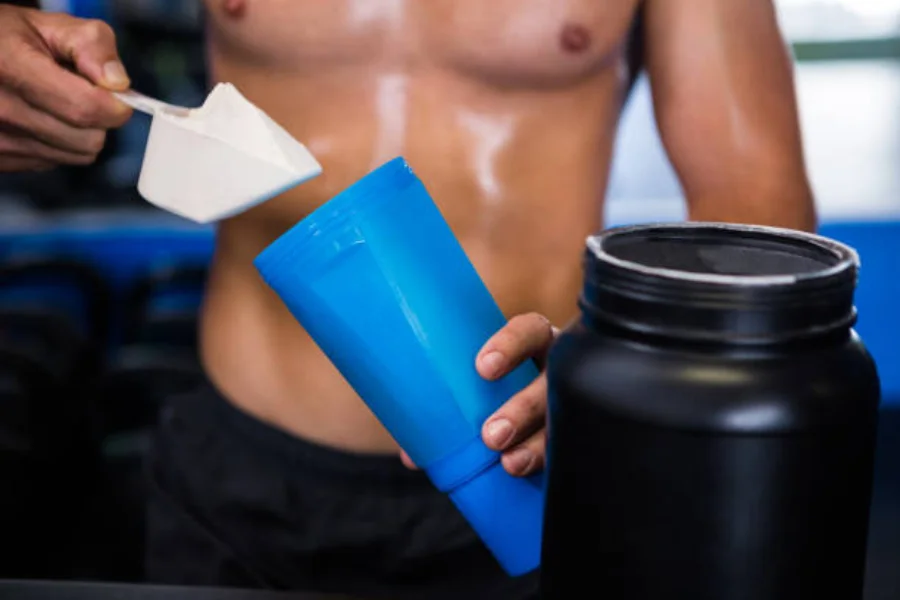
5 in-demand health & nutrition packaging types
Whether the consumer is shopping in a health store or browsing online retailers, having the right type of packaging is vital for increasing sales and catching the consumer’s attention. Today’s top health and nutrition packaging options include tablet tubes, extra large bottles for protein powder, medicine bottles, gel pouches, and resealable bags.
1. Tablet tubes
One of the most popular types of health and nutrition packaging on the market today is the tablet tube. Although it’s not suitable for all products, it’s very effective for holding tablets or pills, and in some cases tablet tubes are used to hold powder supplements for easy measurement purposes. This tube is predominantly used to hold powdered tablets which can break apart easily and require more durable storage.
The plastic tube blocks out any sunlight or artificial light from affecting the tablets, and is perfect for traveling with or taking to the gym with its secure lid. The lid is changeable, but the most common types are the pop-off lid and the screw lid to ensure that the contents won’t spill out. Thanks to the durable material and secure lid, the tablet tube is completely moisture-free which is exactly what consumers want.
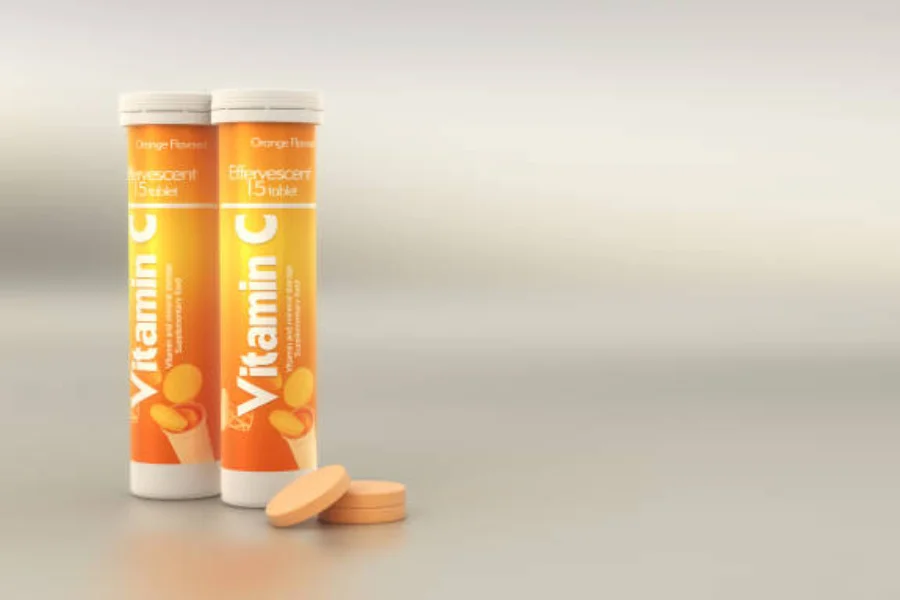
2. Protein powder bottles
Today’s market has seen a very large increase in the number of consumers purchasing powdered supplements, such as protein. This is because the body is able to absorb powder more quickly than other substances and powder can easily be mixed into food or smoothies for consumers who are on the go.
These types of supplements normally come in larger quantities which is why the extra large bucket is such a popular style of health and nutrition packaging to watch out for.
The large size of this container means that retailers are able to sell large quantities of any type of powder in a durable and secure form of packaging. Once the contents have been used, the consumer is often able to purchase refills of the powder they need so the bucket is fully reusable and eco-friendly too. The dark color of the protein powder bottle also helps to keep light out so the contents don’t become affected.
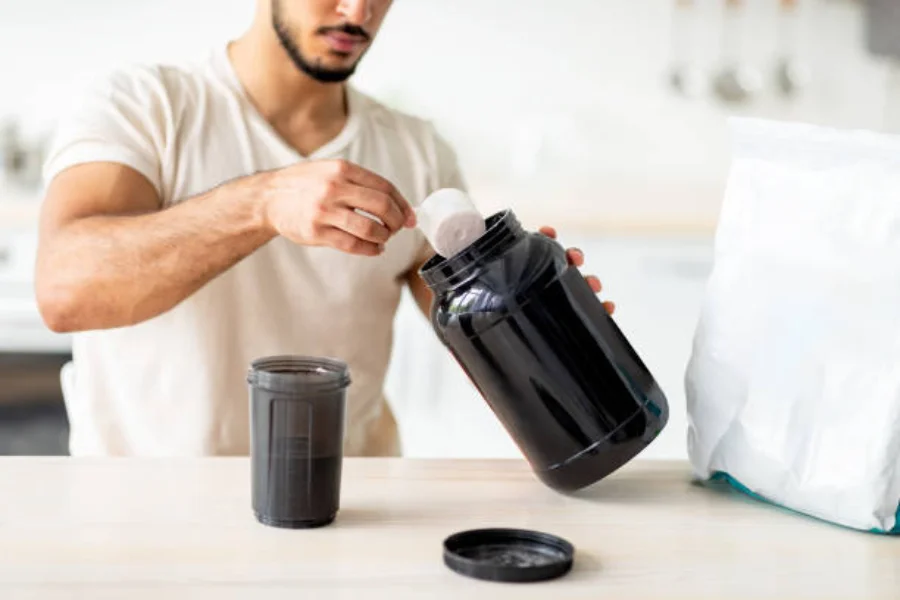
3. Medicine bottles
The medicine bottle is by far one of the most common types of health and nutrition packaging in the market. It’s used for all types of supplements as well as prescribed medicines, and can be seen on shelves all over the world. What makes medicine bottles so effective in maintaining the shelf life of a product is the reliable plastic material that the bottle is made out of as well as the non-transparent nature of it.
Although the most common types of medicine bottles come in black, blue, white, or green, some companies are now using golden plastic medicine bottles to make their product stand out more to the consumer. These types of bottles have the same structure as the regular ones, with the only difference being the attractiveness of the outside.

4. Gel pouches
A big trend to hit the fitness market in recent years is the use of energy gels. Unlike powders or pill supplements, energy gels are used as a quick way to restore lost energy during a workout, so they are designed to work almost immediately after consumption. This type of product isn’t suitable for storing in a medicine bottle or plastic tube, which is why the gel pouch is such an effective form of packaging to use.
The gel pouch is designed to contain a single dose or serving of the energy gel, so the consumer doesn’t need to worry about measuring the quantity. The plastic material that it’s made of ensures that no damage will come to the gel inside, and the opening is normally one that requires the consumer to tear off a corner or twist part of the packaging to gain access to the contents.
The gel pouch can also be used to hold other food items such as baby food, which is why it’s such a versatile type of packaging to use in many industries.

5. Resealable bags
Resealable bags are a very common type of health and nutrition packaging used by a large number of companies for various products. In the world of fitness, the resealable bag is ideal for holding whey protein powders and other powdered supplements.
The zippered closure means that the product inside the bag won’t be affected by outside elements and will maintain its freshness, and at the same time the large opening of the bags makes it very easy for the consumer to scoop out the contents.
These types of bags are also being heavily used for health foods as well, such as flaxseed and protein pancakes. Resealable bags are now being made of biodegradable materials rather than plastic in order to cut down on wastage and to appeal to the modern consumer who is more likely to be living an eco-conscious lifestyle.
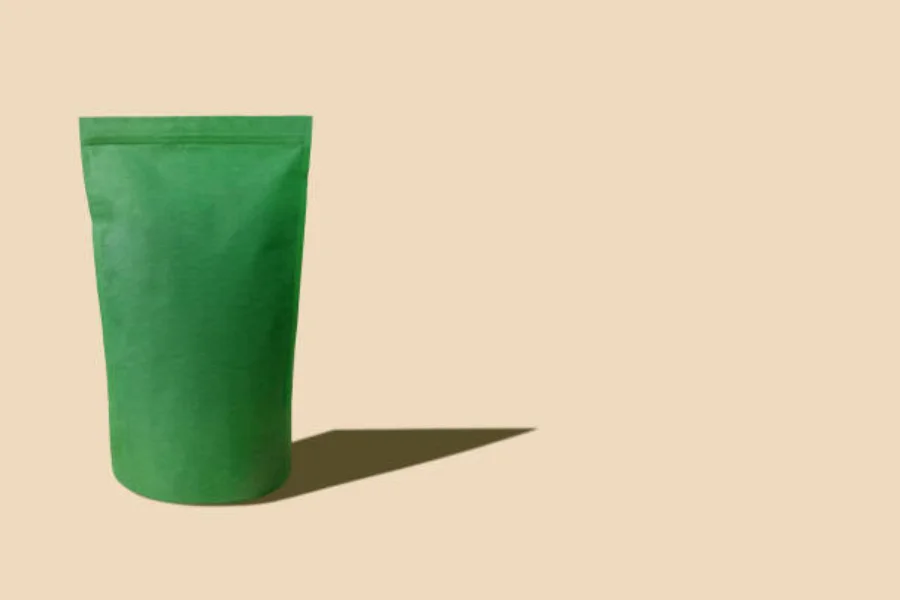
What comes next?
The health and nutrition packaging market has seen some changes in recent years as a result of different workout regimes and healthy lifestyle patterns that consumers are going through.
However that doesn’t mean that the traditional type of packaging that consumers have become so accustomed to have completely disappeared. The latest trends to look out for cover plastic tablet tubes, protein powder bottles, medicine bottles, gel pouches, and resealable bags.
Like most types of packaging, the health and nutrition industry is leaning toward incorporating sustainable materials into their packaging. Packaging is one of the worst kinds of pollutants, and many companies are looking to change the impact that they’re leaving on the planet by making the switch to eco-friendly packaging, and this includes packaging made of recycled materials too.

